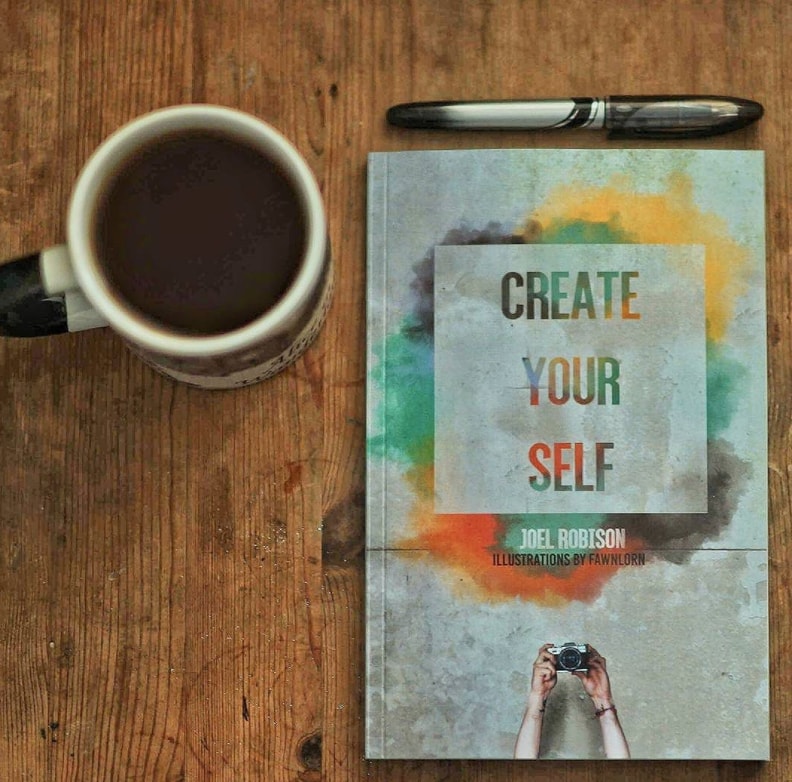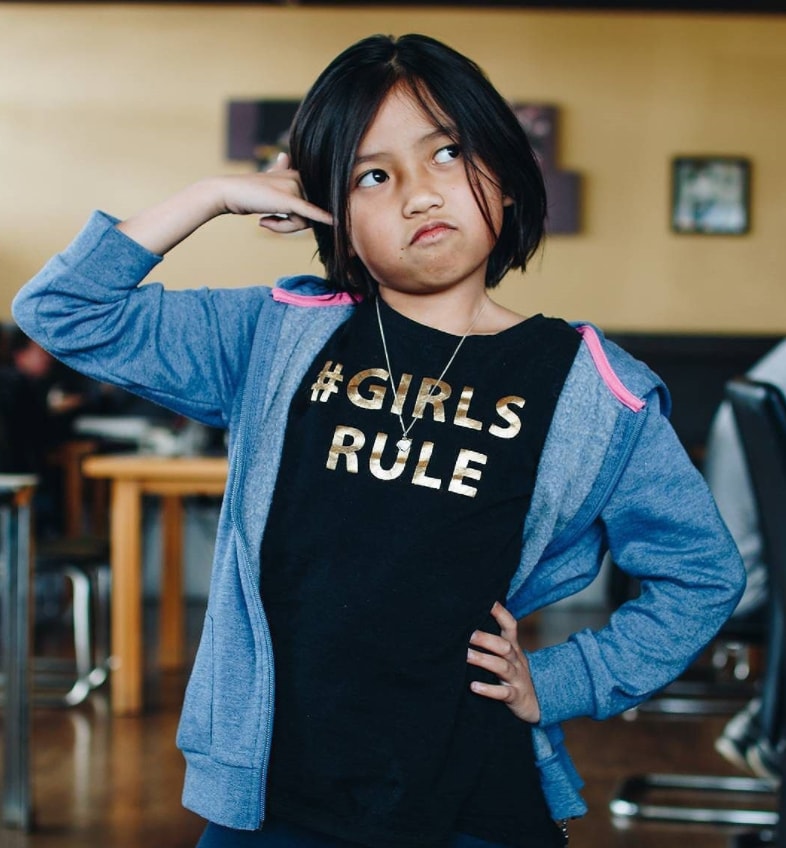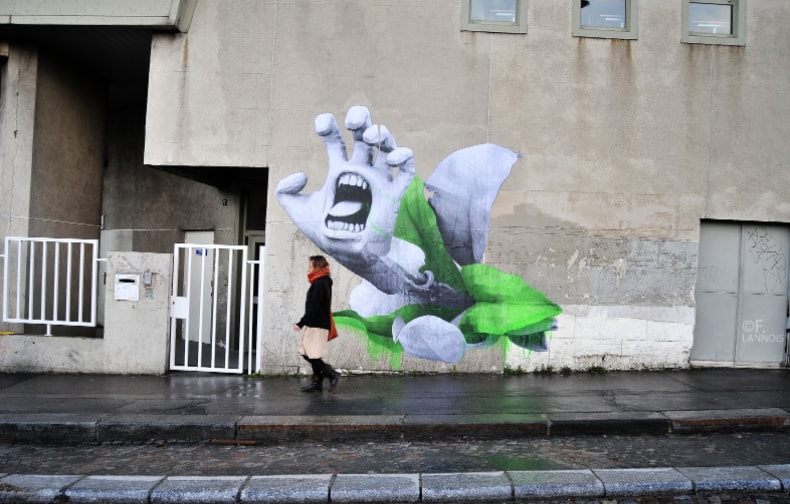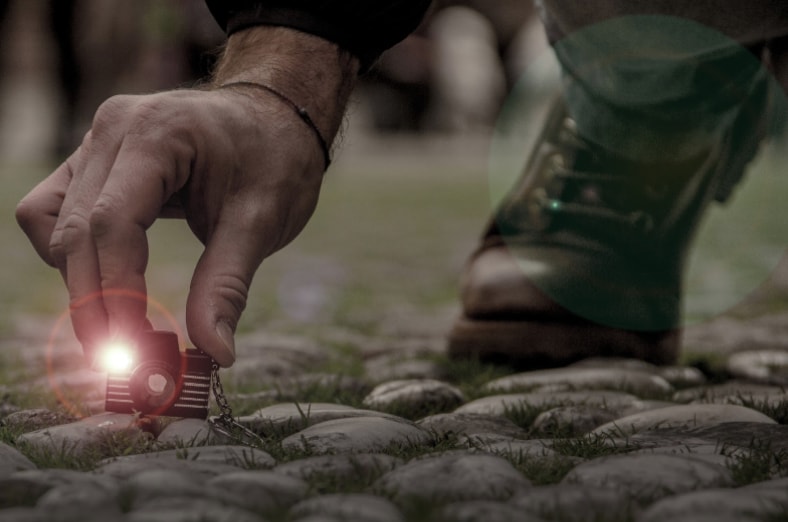I’m out of order? You’re out of order. This whole trial’s out of order! Sorry, we may have gotten slightly carried away there. There are lots of Dos and Don’ts behind UGC Licensing and Copyright. But no one likes getting sued. Like, ever. Which is why it’s really important to make sure you know the rules.
UGC has now cemented its position as a prominent word within the marketing and advertising industries. After all, it has been around for more than 10 years and has helped companies to strike a chord with their audience by providing authentic, real-life content that captures their imagination.
It’s not hard to see why it’s been so successful: Consumers are bored of being spoon fed the usual run-of-the-mill marketing drivel. Whether it’s the latest ad campaign, magazine spread or even a blog post, we are able to assimilate tried and tested content without feeling the need to spark our brains into life. Yes, we’re taking in what we see and read, but we’re not doing anything noteworthy with the information.
That’s where UGC has been a game changer, helping audiences to react and engage with content they want to be involved with. UGC is one of the best ways a brand can make its customers feel like they’re included in the bigger picture – to be a part of something. It’s inclusive and provides a sense of weight to what is essentially companies trying to get people to buy in to their brand.
But there is one caveat: how a brand comes across UGC can often lead them down a path of potential banana skins, with the laws around UGC licensing and copyright often proving to be a murky area – or at least an area that isn’t well researched. So, to help you understand the rights and wrongs when it comes to licensing and copyrighting UGC, here are the dos and don’ts.
DO: Ask Permission

More often than not, you can get copyright or a licence by simply asking the author for permission to use their content. Whether it’s an image, sound clip or video footage, it’s usually pretty easy to track down the author of the content. The only time when you wouldn’t need to get the their permission is when it’s taken from an open source like Creative Commons or it is out of copyright. More on that later.
DON’T: Just Because it’s on the Internet Doesn’t Mean it’s Free
If you see something on social media that you think would fit perfectly within the content you’re currently working on, you just take it, right? Wrong! Just because the author has decided to share their content on a social networking site, doesn’t mean that it’s free to be used by any Jim, Bob, Sally, or Michelle.
A company takes a photo from Flickr and ends up in a massive federal lawsuit. Learn more about the case of Brammer v. Violent Hues.
DO: Understand Transferable Copyright
Once you have been granted permission, decide on the type of copyright your campaign requires. If the author is transferring their copyright to you, it essentially means they are giving you access to use it how you see fit. However, it’s also possible that authors will only grant you access to use the content for a particular use. It is important that you’re clear about the type of access you want for the content.
DON’T: Assume
So you’ve seen that killer picture online, just sitting there on social media, and you’re thinking, ‘who’s even going to know or care if I quickly take it and add it to my own work? However, many consumers are up to date and are well aware of their rights and if those rights are being violated. If they find out that you have taken their content, expect them to take legal action against you.
DO: Embed
Fortunately, many social media platforms have several ways for you to use UGC without having to get the author’s permission – as long as you don’t mind not owning the full rights to the content. By embedding an author’s content, you automatically include their username and a link directly back to their content. It’s not the same as owning it outright, but it can be handy if you want to use something for a blog.
There are still exceptions to this rule. Learn more about UGC Rights and embedding on social platforms.
DON’T: Make it Personal

Social media is a mix of private and public accounts. A user’s data is protected, which means you shouldn’t take content from private accounts and use them on public websites – or anywhere. Always ask the author before republishing it.
DO: Create Hashtags

To obtain UGC from your followers, create a unique hashtag for your campaign and tell followers to use it when they are submitting their content. Combine that with social aggregation and you’ll soon have a huge collection of beautiful, authentic content. But just because someone submits via a hashtag, doesn’t mean that they are giving you full license to use that content.
There are some tricky situations out there. Here’s a guide to social media rights and hashtags.
DON’T: Be a Spammy McSpammington
Sure, you’ve found that piece of content that you absolutely need to have, and you’ve made contact with the author. However, they haven’t responded. Maybe you even gave it a few days and dropped them another line. Yet, you still haven’t heard a peep. Ok, you decide to send just one more message, because maybe they haven’t logged in to social media for a while. Still no response. If you’ve contacted someone a few times and still haven’t heard anything, the person probably isn’t interested in licensing their content. Your best bet is to move on a look for someone else who is keen on their content receiving exposure.
DO: Make it Clear Who You Are

If you’re going to be approaching people and asking them for their content, it’s probably a good idea for them to know exactly who you are from the first interaction. Say what your name is, the role you have within your company and, most importantly, the company that you represent. Starting a message off with, ‘Hi, I’m Mike. Loving the photo – can I have the rights?’, probably isn’t going to get you very far. Unless, of course, your name is actually Mike, and you don’t represent a company but want the photo for a blog piece. Still, you should probably include a bit more information than our example.
DON’T: Be Cheeky
If you’ve come across content that you think is the perfect fit for your marketing campaign, don’t assume the content creator will be happy to give you their work for free. It may sound silly, but there are some who think that featuring work in a campaign is enough. It’s not. If you were hiring a professional, you would expect to pay for their service. If you find UGC that you want the full rights for, expect to pay a fee for it.
DO: Use Multiple Default Messages
While it’s important to make it clear who you are, we also understand that it can be time-consuming having to draft individual emails to authors asking them if you can license their content. It’s fine to come up with the general body copy of your message to save time – just make sure that you have several options that find a different way to say the same thing. The last thing the owner of the content will want is to feel like they’re the target of emails from bots.
DON’T: Be Insensitive

This one should go without saying, but when you’re using other people’s content make sure there is an element of sensitivity around it. After all, the likelihood is that some of these photos will be people’s personal moments and experiences. Be clear with what you’re going to use the content for, and don’t manipulate or alter the nature of the content, so it fits your own agendas.
A More Transparent UGC Future
There is still so much that can be done with UGC, and the way consumer behavior is gravitating towards a desire for authentic content only bodes well for brands that embrace user-generated content.
For so long, brands have been trying to find a way to truly connect with their audience; to make them feel involved and more than a customer. UGC is enabling brands to make their audience feel valued while communicating their brand insights.
As long as you understand what can and can’t be done regarding licensing, you will be able to give your campaigns a new lease of life and start conversations with your audience that make them feel involved.
Supercharge your next marketing campaign with user-generated content. Take a tour of TINT’s Rights Management platform today.



